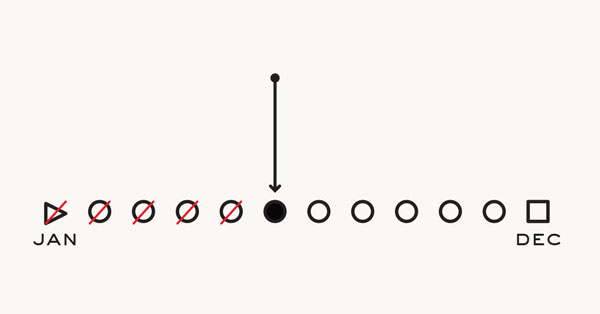Everybody has that moment when they realize they don’t know about something that they should probably know about. Whether it’s history, language, science, or cultural phenomena, you’ve felt the stinging personal embarrassment of a moment wherein you realize there’s some common knowledge that isn’t so common. Don’t feel bad; nobody knows everything. Nobody, that is, except me and my sidekick, The Internet!
Somewhere in the world, a confused soul begs the question…
When was plastic invented?
Plastic can be found (in some form) in nearly every man-made object in our world today. If you somehow found yourself in a ridiculous competition wherein you had to prove whether or not any tangible thing in our world was actually omnipresent, you’d do well to take “plastic” with the first overall pick. In fact, you would have to go out of your way to find something in your immediate area right now that doesn’t contain some kind of plastic.
But how long has this material been running rampant all over our planet? We depend on it in an almost unhealthy fashion but most people have no idea of its origins. Let's change that.
The first entirely synthetic plastic was called “Bakelite” and it was created in 1907 by Leo Baekeland (a Belgian chemist) — over 100 years ago! Stunning, isn't it? Well, get ready for a bigger bombshell: Alexander Parkes revealed an organic cellulose material at the 1862 Great International Exhibition in London and that discovery is widely considered the world’s very first plastic. When heated, the substance (dubbed “Parkesine” – all these guys really wanted to put their name on a revolutionary material) could be molded into any shape but what made it so noteworthy was that after cooling, it retained said shape.
Imagine how big of a deal this was in the 1860s– it probably even stole some headlines from that pesky American Civil War taking place at the time.
















